The seismic protection of buildings consists of adopting specific requirements for structural components of buildings, as well as for the connections between them, in order to reach a sufficient degree of ductility and adequate strength for the entire structure. Simply applying the computation codes in force (Eurocodes 8) is not always sufficient to guarantee that the required performance levels will be reached. For innovative processes in particular, it is crucial to use experimentation and/or advanced digital simulation, in order to understand all the phenomena that can occur during earthquakes.
Tests
The CSTB has test benches specifically adapted for cyclical stresses, with control over the action parameters (frequencies, amplitudes, etc.). The tests can be analyzed in combination with digital simulations on nonlinear calculation software. This makes it possible to study:
- the breaking modes of complex assemblies under controlled, cyclical, dynamic effects,
- the resistance capacities of structural and non-structural element support processes,
- the ductility capacities of connections between elements,
- admissible displacement,
- deterioration sequences (plasticization, cracking, etc.) under cyclical dynamic loads.
The outcomes of these experiments can then be exploited in digital models specifically adapted to represent the relevant system, in order to develop predictive sizing methods.
Expertise
The CSTB has software for carrying out calculations that take into account the nonlinear mechanical behavior of materials and the nonlinear geometric behavior of structures (large displacements):
- progressive calculations for the improvement of existing buildings,
- incremental calculations taking local plasticization into account,
- calculations of interactions between materials of different degrees of stiffness,
- diagnoses based on the identification of analysis parameters,
- calibrations of safety levels depending on the type of structure.

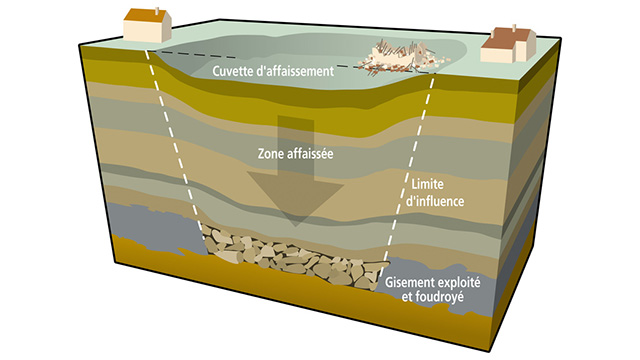
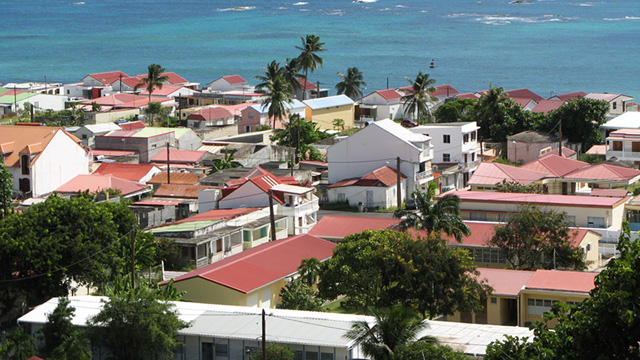
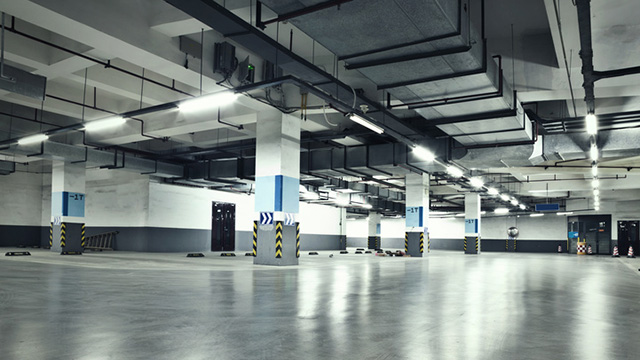
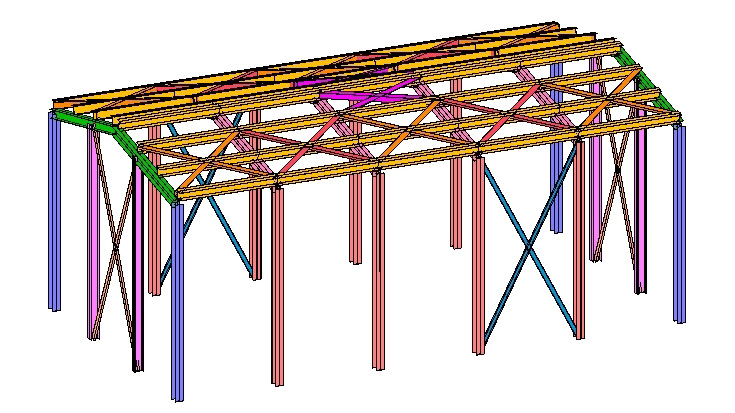
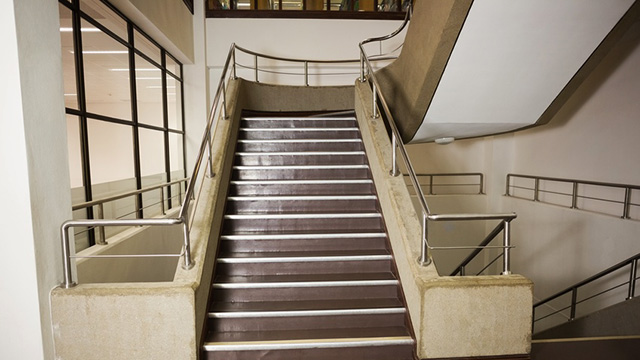
 Major Structures
Major Structures